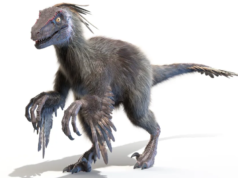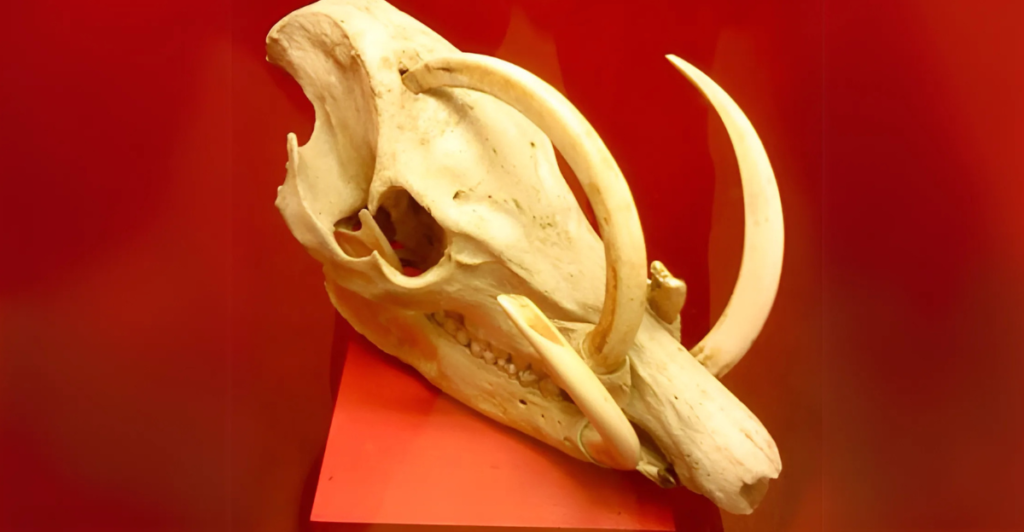
Evolution is a master of adaptation, shaping species to thrive in their environments. But sometimes, nature’s designs seem more like quirky experiments than perfect solutions. From oversized antlers to parasitic lifestyles, certain traits have left animals facing unusual challenges that seem like evolutionary oversights. These are the top twelve animals that have been cheated by evolution.
1. Irish Elk
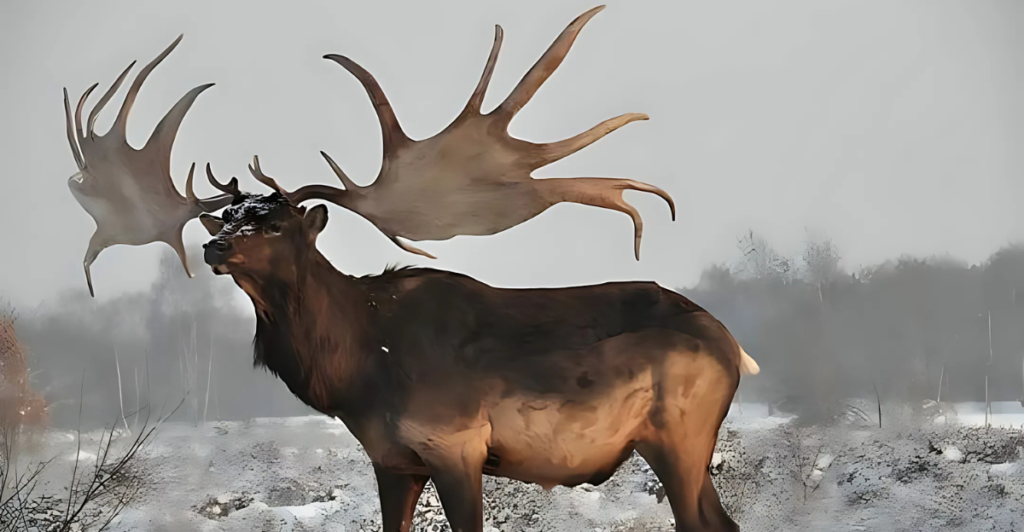
The Irish elk, also known as the giant deer, was famous for its massive antlers, which could reach an impressive span of up to 12 feet from tip to tip. These antlers were more than ornamental; they played a critical role in mate selection and male-to-male competition, helping the species establish dominance and attract potential mates. However, their immense size likely posed significant challenges. The antlers may have hindered the elk’s ability to move through dense forests, restricting their habitat range. Additionally, the annual growth of such massive antlers demanded a substantial metabolic effort, placing a considerable strain on the animals. To make matters worse, climate changes at the end of the last ice age may have diminished the availability of nutrient-rich forage essential for antler development, contributing to the eventual extinction of this majestic species.
2. Hyenas
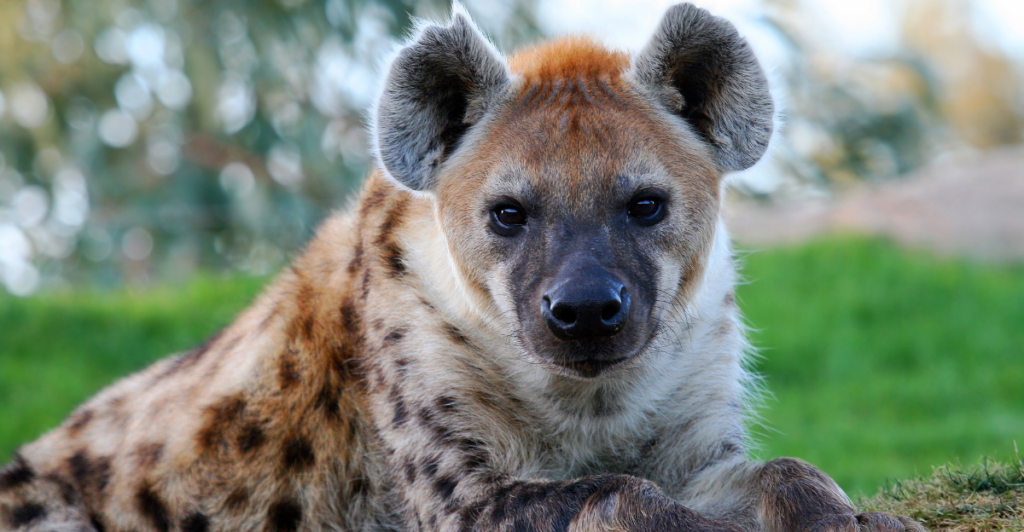
Female spotted hyenas have developed a remarkable and extreme adaptation: a pseudo-penis and pseudo-scrotum, a unique form of sexual mimicry. This trait is closely associated with elevated testosterone levels in females, which enhance their aggressive behavior and establish their dominance within the matriarchal social structure of hyena clans. However, this anatomical feature comes with significant challenges. The pseudo-penis makes both mating and giving birth exceptionally painful and risky for females, often complicating the reproductive process and potentially lowering reproductive efficiency. Despite these difficulties, the matriarchal dominance of female hyenas remains a defining characteristic of their social interactions, with females consistently holding authority over males.
3. Rabbits
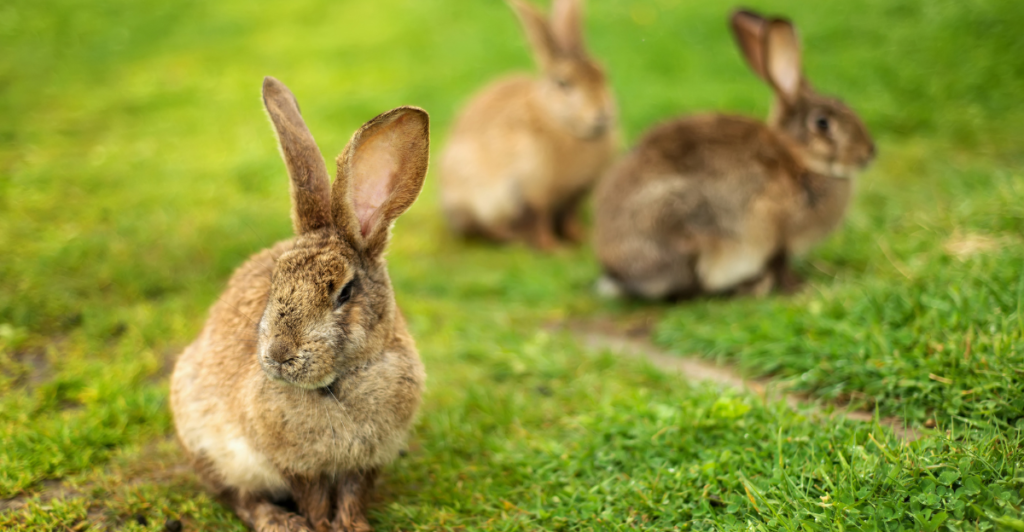
Rabbits possess a highly specialized digestive system that necessitates the reingestion of their own feces, known as cecotropes, to extract essential nutrients. Their digestive tract includes an enlarged cecum, which ferments plant material to break it down effectively. Rabbits produce two distinct types of feces: hard pellets, which are waste, and soft, nutrient-rich cecotropes, which are reingested to absorb vital nutrients and beneficial bacteria. This unique adaptation allows rabbits to extract maximum nutrition from low-quality plant material. However, the process is delicate, and any disruption can hinder their ability to obtain the nutrients they need to thrive.
4. Giant Pandas
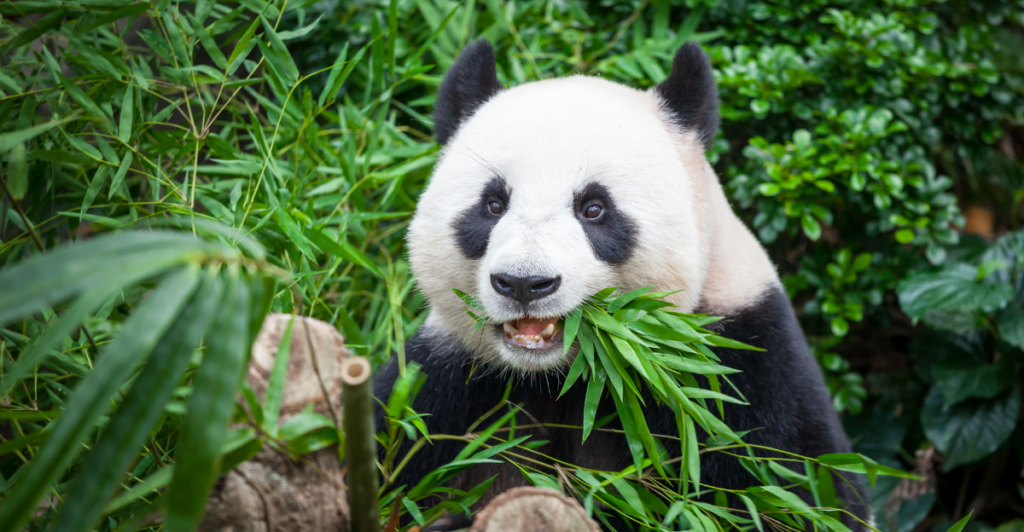
Pandas have evolved to specialize in a bamboo-based diet despite retaining the digestive system of a carnivore, which is not well-suited for processing plant material. To meet their nutritional needs, pandas consume enormous quantities of bamboo, up to 84 pounds per day, yet their digestive system extracts only about 20% of the available nutrients. This dietary specialization makes pandas highly vulnerable to habitat loss and fluctuations in bamboo availability. Consequently, conservation efforts are heavily focused on protecting and connecting bamboo forests to ensure the survival of this iconic species.
5. Dodo
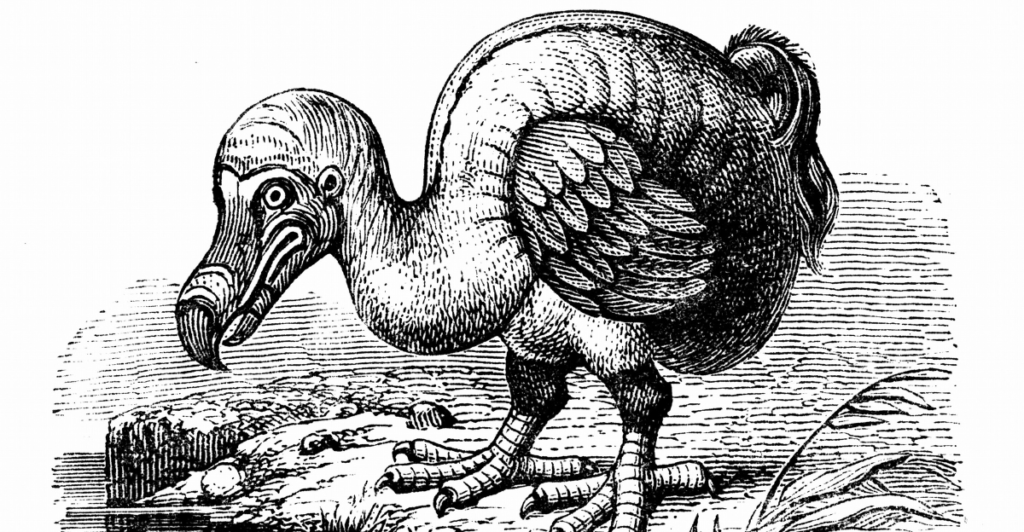
The dodo, a flightless bird native to the isolated island of Mauritius, evolved without natural predators, leading to its loss of flight and fear of predators. While suited to its predator-free environment, these adaptations proved disastrous when humans and introduced animals arrived on the island. The dodo’s flightlessness and lack of fear made it an easy target for hunters and invasive species such as rats and pigs, which preyed on their eggs. Unable to adapt to these rapid environmental changes, the dodo went extinct within less than a century of human arrival. This extinction had far-reaching impacts on the island’s ecosystem, disrupting the balance of certain plant species that relied on the dodo for seed dispersal, demonstrating the interconnectedness of island ecosystems.
6. Naked Mole Rat

Naked mole rats have developed a eusocial structure, a rarity among mammals, resembling the social organization of certain insects. In each colony, a single breeding female, known as the queen, and a few selected males are responsible for reproduction. The remaining individuals, who make up the majority of the colony, are sterile workers whose reproductive abilities are suppressed. However, these non-breeding members can regain their reproductive capacity if removed from the colony. While highly efficient, this social system may limit genetic diversity within the group due to the extreme reproductive skew, with up to 100% of offspring produced by the queen and her chosen mates. This unique adaptation underscores the remarkable and unusual social behavior of naked mole rats.
7. Anglerfish

Male anglerfish have evolved a remarkable and unique parasitic mating strategy, permanently attaching themselves to females and losing their independence. Males are significantly smaller than females, and upon finding a mate, they latch onto the female’s body, eventually fusing their tissues and sharing a circulatory system. This extraordinary adaptation ensures a constant supply of sperm for the female, enabling her to reproduce whenever conditions are favorable. However, it comes at the cost of the male’s individuality and survival, as he becomes entirely dependent on the female for nutrients. This extreme sexual dimorphism and parasitic reproductive strategy are unparalleled among vertebrates, showcasing the astonishing diversity of evolutionary solutions in the animal kingdom.
8. Kakapo
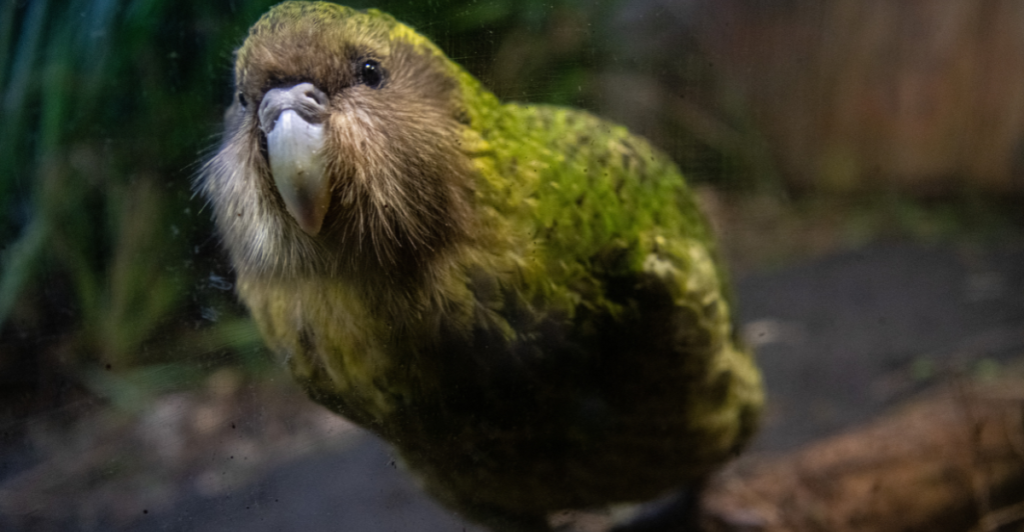
The kakapo, a flightless parrot, has adapted to a ground-dwelling lifestyle while retaining some arboreal habits. Despite their ability to climb trees using their beaks and claws, kakapos do so inefficiently. Their flightlessness and lack of behaviors to avoid mammalian predators have made them highly vulnerable to introduced species such as rats, stoats, and cats. They also have an extremely low reproductive rate, with females producing only a few offspring every now and again. To combat these threats, conservation efforts have focused on relocating kakapos to predator-free islands, where they can live and breed in a safe environment, ensuring the survival of this unique species.
9. Platypus
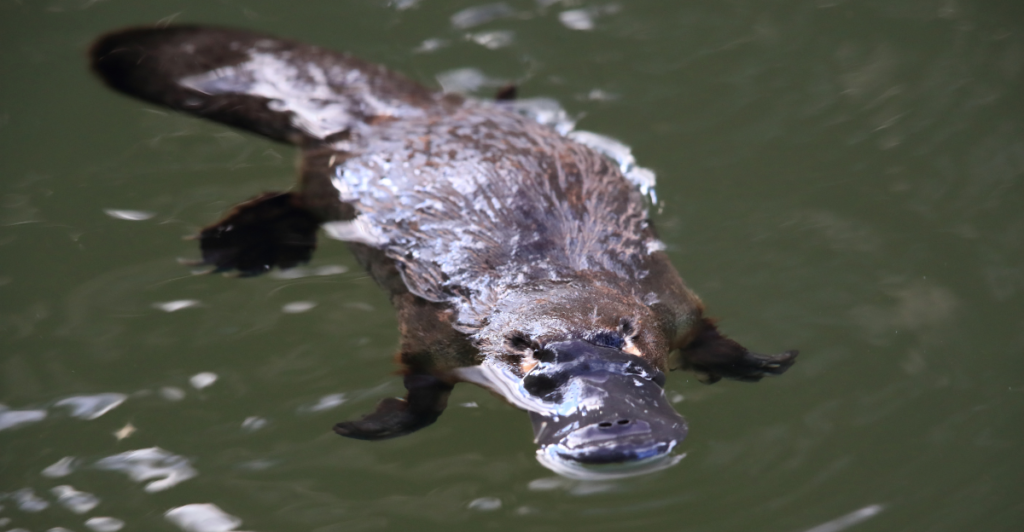
The platypus is an extraordinary creature that combines mammalian, reptilian, and uniquely specialized features, making it one of the most unusual animals in the world. As monotremes, platypuses are egg-laying mammals, a rare trait that sets them apart from other mammals. They possess a duck-like bill equipped with electroreceptors, allowing them to detect prey underwater with remarkable precision. Male platypuses also have venomous spurs, a feature uncommon among mammals. Adding to their uniqueness, they lack stomachs and have a highly distinctive reproductive system. This unusual combination of traits not only fascinates scientists but also makes the platypus a vital subject for studying evolutionary biology and understanding the diversity of life.
10. Babirusa
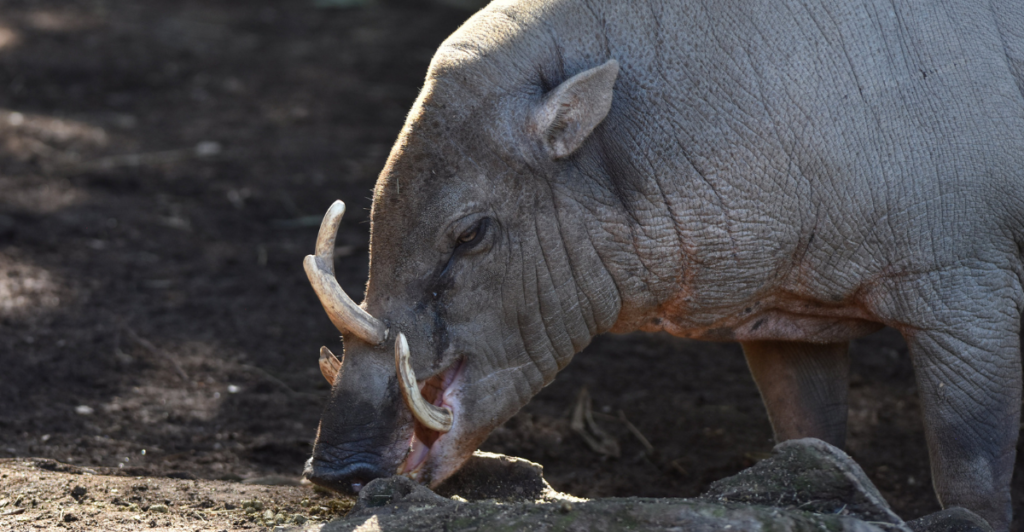
Male babirusas possess remarkable tusks that grow upward and curve back toward their foreheads. If not worn down naturally, these tusks can penetrate the skull, posing significant risks and potentially causing fatal injuries. While these tusks are crucial for male-male combat and dominance displays, their unchecked growth highlights a drawback of sexual selection, where traits favored for reproductive success can become detrimental to survival. This adaptation exemplifies the delicate balance of evolutionary pressures.
11. Giraffe
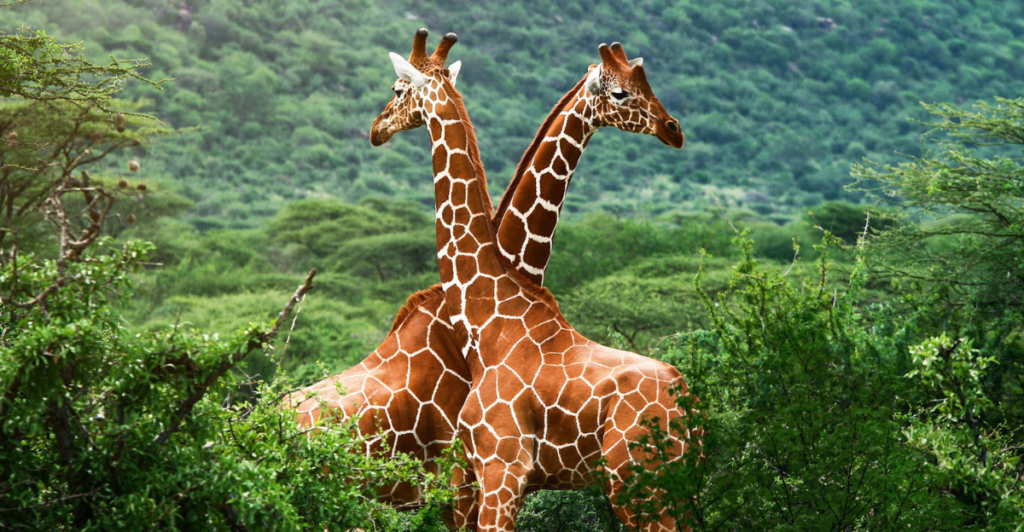
The giraffe’s remarkably long neck, while advantageous for feeding on high foliage and enhancing vigilance against predators, also presents significant physiological challenges. One complication is the recurrent laryngeal nerve, which follows an unnecessarily long route from the brain to the larynx, a design that is inefficient and susceptible to potential damage. Additionally, the giraffe’s long neck requires a powerful heart and a specialized system for blood pressure regulation to ensure adequate blood flow to the brain. Despite these challenges, the benefits of the giraffe’s elongated neck outweigh its drawbacks.
12. Human Appendix

Once thought to be entirely vestigial, the human appendix may serve some functions but also poses potential health risks. Current research suggests that the appendix could act as a safe house for beneficial gut bacteria, helping to repopulate the gut after disturbances such as diarrhea. However, the appendix can become inflamed, resulting in appendicitis, a potentially life-threatening condition if left untreated. While its retention through evolution hints at some level of importance, the exact role of the appendix remains a topic of ongoing debate. This organ exemplifies how evolutionary “leftovers” can persist in the human body, even when they carry the risk of harmful complications.
Discover more of our trending stories and follow us to keep them appearing in your feed
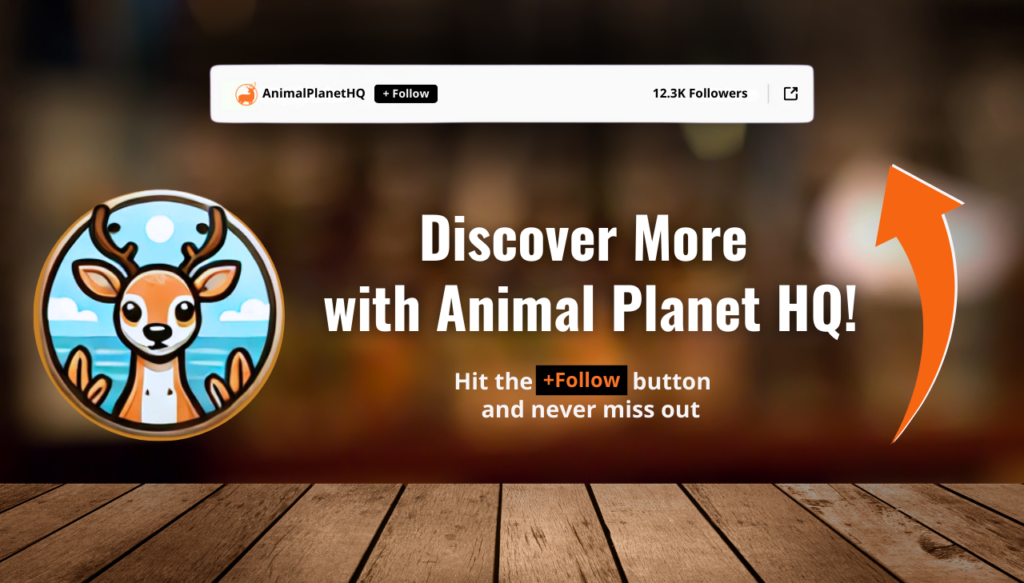
Meet the Massive Crocodiles That Make Their Homes 40 Feet Underground
Deepest Hole On Earth Permanently Sealed After 2 Billion Year Old Discovery
12 Animals That Exist Thanks to Evolutionary Isolation
Misconceptions About Evolution – What Do People Get Wrong?
Stay connected with us for more stories like this! Follow us to get the latest updates or hit the Follow button at the top of this article, and let us know what you think by leaving your feedback below. We’d love to hear from you!



